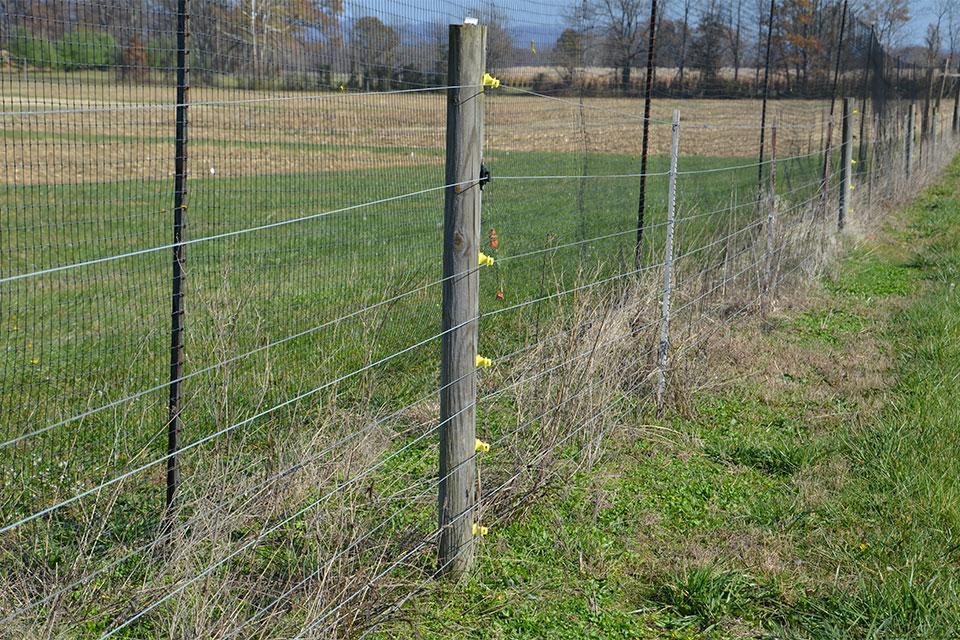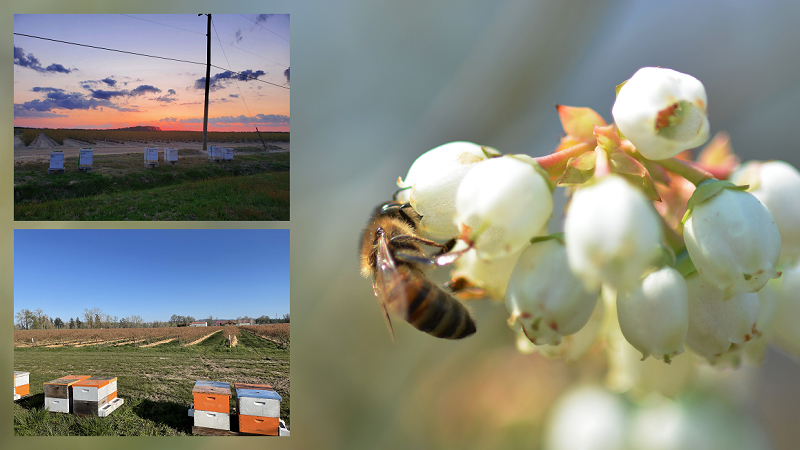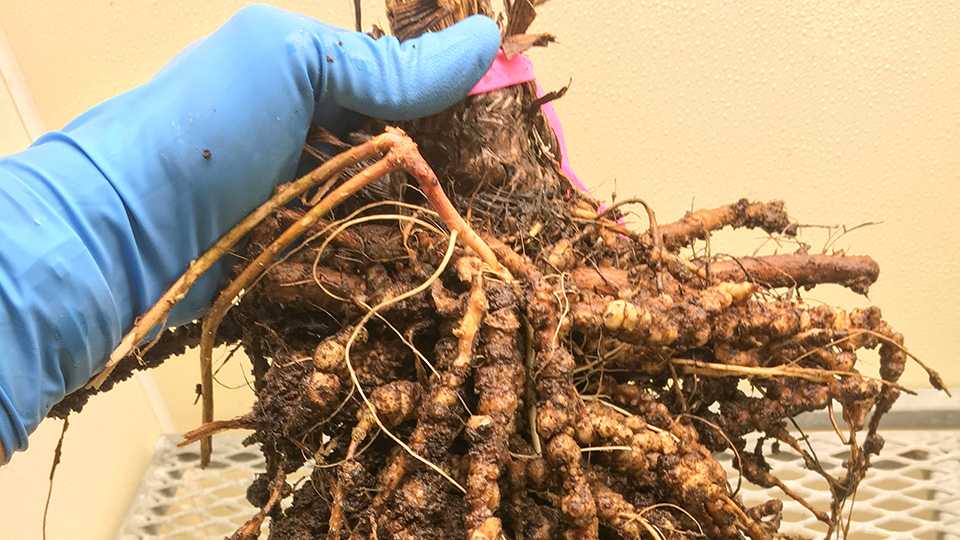How Grape Growers Can Plug In To Keep Deer Out
The deer population is estimated to be around 36 million in U.S. This presents a serious challenge to fruit plantings of all sizes. Deer can hurt fruit plants in several ways. Each deer eats about 6% to 8% of its body weight in green foliage each day from spring to fall. Deer feed on buds and ends of the twigs as well.
Deer browsing can be especially devasting to young plants. One deer can ruin hundreds of small grapevines or apple tree seedlings in a day.
Deer can also damage fruit trees by rubbing their antlers against tree trunks, causing vertical scrapes and shredded bark. This rubbing damage to tree trunks destroys tree bark and the cambium tissue, permanently ruining or killings developing trees.
Exclusion, scare devices, repellents, and removal (culling or harvest) are some of the suggested remedies. I discuss the pros and cons to each approach:
ELECTRIC FENCE
A tall metal woven fence is an effective way to exclude deer. Adult deer can jump more than 7 feet while some are known to jump over an 8-foot fence. Electric fences add one more layer of protection. After being zapped a few times, deer may get the message and avoid the precious fruit planting. Deer have poor depth perception because their eyes are on the sides of their heads.
Installing two or three layers of fences at their different depths could help since deer may be reluctant to jump over a fence that they cannot see clearly. Deer fencing has its limitations. Excessive costs, local regulations, and regular maintenance are just a few.

Two layers of fences, one tall plastic woven fence and a shorter electric fence, are used to protect the fruit crops at OSU South Centers in Piketon, OH.
Photo by Gary Gao, Ohio State University
SCARE DEVICES
Propane cannons, sirens, strobe lights, radios, and motion-activated sprinklers have been tried by growers with limited success. Again, growers need to check their local regulations due to housing developments near their farm. Some growers have used dogs to deter deer. However, a family pet dog may not provide enough protection since it is not out all the time.
REPELLENTS
I have seen growers hang bars of soap and dryer sheets to deter deer. These may only work briefly because deer can quickly get used to the scent of the materials. There are some taste repellents on the market; however, they are very cost prohibitive. In addition, they require reapplications after each rain event.
REMOVAL
Deer removal by culling or harvesting can be a management option. Growers need to work with their state’s wildlife agency to secure a permit to shoot deer outside the normal sport hunting season. According to Ohio Dept. of Natural Resources, Ohio Administrative Code – 1501:31-15-08 (Deer Damage Control Permit) authorizes the Ohio Division of Wildlife to issue Deer Damage Control Permits under certain conditions and guidelines. While the OAC allows any landowner to apply for a permit, the application of a permit does not guarantee the landowner a permit even if damage is occurring. Division of Wildlife personnel and partners, including SWCD wildlife specialists, provide guidance on handling complaints of crop losses or property damage caused by deer and issuance of permits.
RELATED CONTENT: Oh, Deer! Wildlife Control a Big Concern for Fruit Growers
Effective management of deer will take an integrated approach. Growers should install an electric deer fence first before they plant fruit crops. Of course, this is easier said than done because electric fences are so expensive. Multiple modes of scare devices should be tried next. Motion-activated sprinklers or lights can help to some degree. Deer removal with a deer permit should also be part of the overall management plan. Growers are highly encouraged to talk with their local wildlife management folks for additional information.










